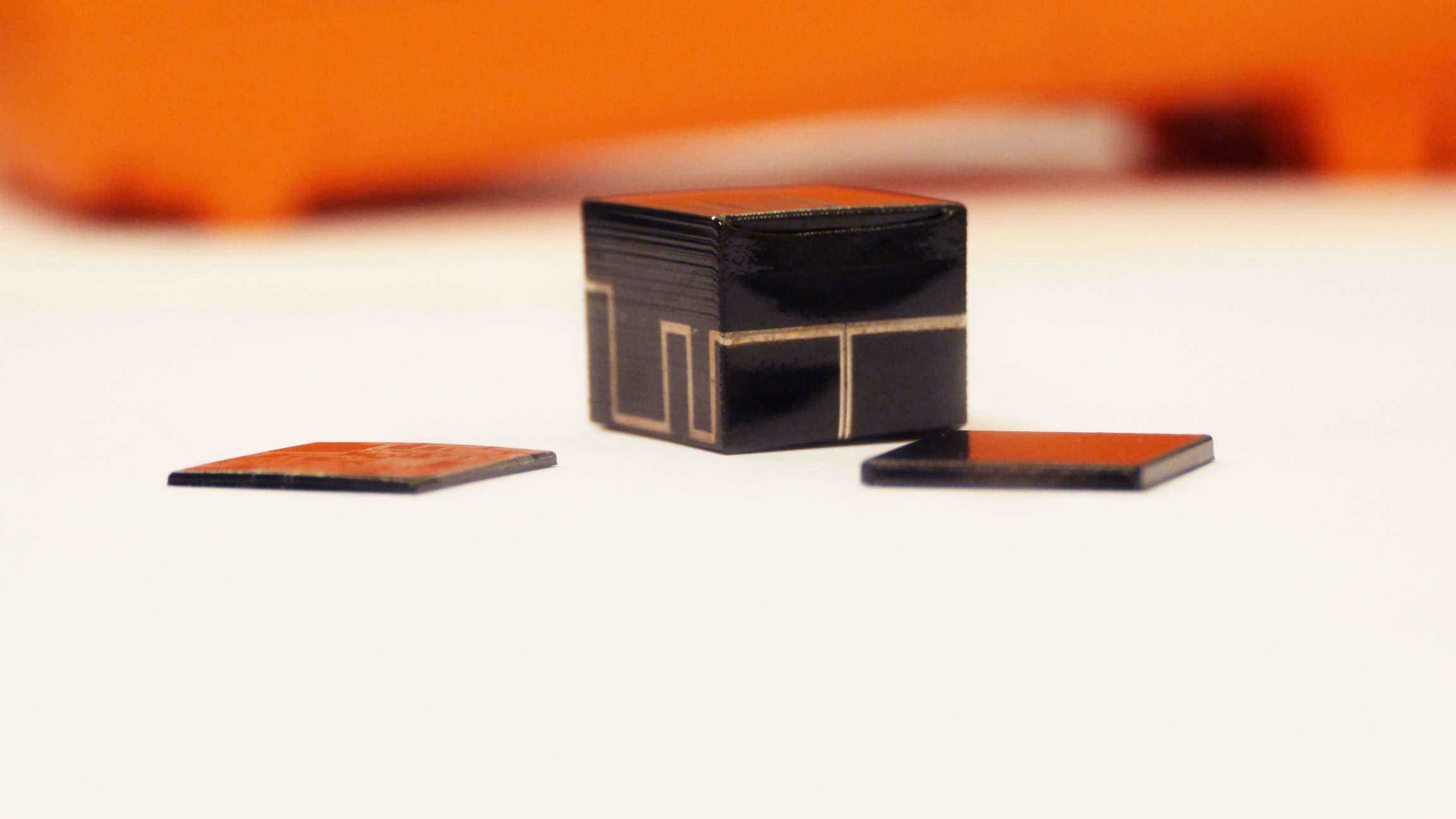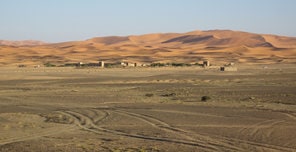Low-Cost 3D Inkjet-Printed Wireless Sensor for Real-Time Environmental Monitoring
3D inkjet-printed wireless sensor for real-time monitoring of temperature, humidity and gas levels

Technology summary
Increases in population and limited resources have created a growing demand for futuristic and sustainable living environments that are often referred to as ‘Smart Cities.’ To make sure these cities run smoothly, there is a need to develop wireless sensors that can provide early warnings and feedback on floods, fires, industrial leaks etc.
As the number of required sensors for such monitoring can be enormous, there is a need for low cost and compact sensor nodes. Inkjet printing, with its low cost and mass production availability, can be beneficial. Inkjet printing can permit economical use of material on cheap flexible substrates that allows the development of miniaturized freeform electronics.
KAUST has developed low-cost inkjet-printed wireless sensors for real-time environmental monitoring.
How It Works
The proposed invention comprises inkjet-printed sensors integrated with wireless electronics and an antenna. The complete device is packaged using 3D inkjet-printing technology enabling miniaturization and cost reduction. The sensors can monitor temperature, humidity and gas levels, and readings are sent wirelessly to remote base stations.
Sensors that monitor temperature, humidity and gas are 2D inkjet printed on a 3D inkjet- printed cubic geometry that houses wireless electronics and an antenna. The readings from these sensors are read by a microcontroller that then stores them or sends them wirelessly through a transceiver. The antenna radiates equally in all directions, so the sensors can communicate regardless of the orientation of the cube.
Why It Is Better
The proposed system offers a low-cost solution for real-time monitoring in remote areas. Being low cost, fully integrated and miniaturized, these cubes can be easily placed in remote locations such as deserts or forests. They can also be dispersed around industrial locations to monitor the concentration of harmful gases. The integration and small form factor make it unique among existing systems for real-time monitoring applications.
IP Protection
KAUST has a patent pending for this technology.
Invention Track Code
2016-058

Benefits
- Low cost disposable wireless sensor
- Miniaturized design
- Small size enable easy dispersion of sensors in the environment
- Real-time environmental monitoring
- Adaptability for remote locations such as forests and deserts

Applications
- Crisis management
- Industrial monitoring
- Forest fires prevention
- Oil & gas environments
- Monitoring of harmful gases
